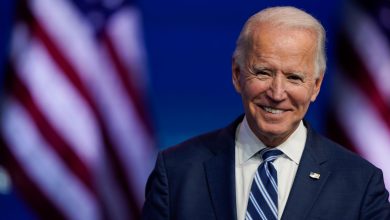Indian Investors Target Ghana’s Factories And Dam Projects

Indian investors are keen on investing in the government’s proposed establishment of a factory in each of the 216 districts in the country and the construction of irrigation dams in every village in the three northern regions.
The Indian High Commissioner to Ghana, Birender Singh, told the B&FT: “As the new administration is finally settling down, we think this is the right opportunity for our businessmen to travel to Ghana so that they sit with the Ghanaian businessmen and see how they can contribute to the policy decisions of government’s ‘one district-one factory’ and ‘one village-one dam’.”
The Nana Addo Dankwa Akufo-Ad-do led administration has promised to make good its manifesto pledge of constructing one factory in every district to leverage the natural resource endowment of the area and create jobs for the hundreds of unemployed youth in the country.
“We are fully in support of the initiative that the current administration is introducing. India is ready to support in whatever manner that will lead to the development of the country.
So, let us wait for the government to come up with a concrete plan and our side will be ready to discuss the modalities of how we could collaborate in this endeavor of the government of Ghana,” Mr. Singh said on the sidelines of the Indian Film Festival held in Accra last week.
India has been one of Ghana’s main trading partners. Total bilateral trade between Ghana and India between 2015 and 2016 reached $US3billion in favor of Ghana.
India’s exports to Ghana include pharmaceuticals; semi-finished iron and steel; machinery; sugar; plastic products; wood products and rice. Ghana’s exports to India also include cashew nuts; scrap metal; wood; cotton; oil seeds and spices.
There is also a large number of Indian companies in the country engaged in the production of various products. The recently resuscitated Komenda Sugar Factory was constructed with a loan facility of US$35million from the Government of India-sponsored Exim Bank of India.
Aside from Indian investors, a lot of local and foreign investors have also expressed their preparedness to invest in the districts’ factory and irrigation projects.
The Ghana Investment Promotion Center (GIPC) has been inundated with inquiries about the one district, one factory project. “The one-district, one-factory content has sparked very interesting discussions and interests from investors both here and abroad. There are a lot of people who are now asking questions about what they can do, where they can find information about what is available in the districts in terms of raw materials.
Some, too, are asking about demographics. Some are also asking about incentives that might be available to investors once they invest in the rural areas etc.,” the CEO of GIPC, Yofi Grant told the B&FT last week. The government last month, revealed documents detailing the implementation of the plan. The documents spell out the implementation plans as well as the timelines for the first phase of the policy.
The government has also given the go-ahead for the project’s implementation to be managed through an organization that will specifically be set up for that purpose. The dedicated organization will only serve as promoter and facilitator of the policy for ensuring the nationwide spread of industrialization, and will not be a direct investor in the resultant industrial projects.
The private sector will, rather, provide the investment, although local governments could partner them in this regard if such an investment of public funds is adjudged prudent and advantageous.



